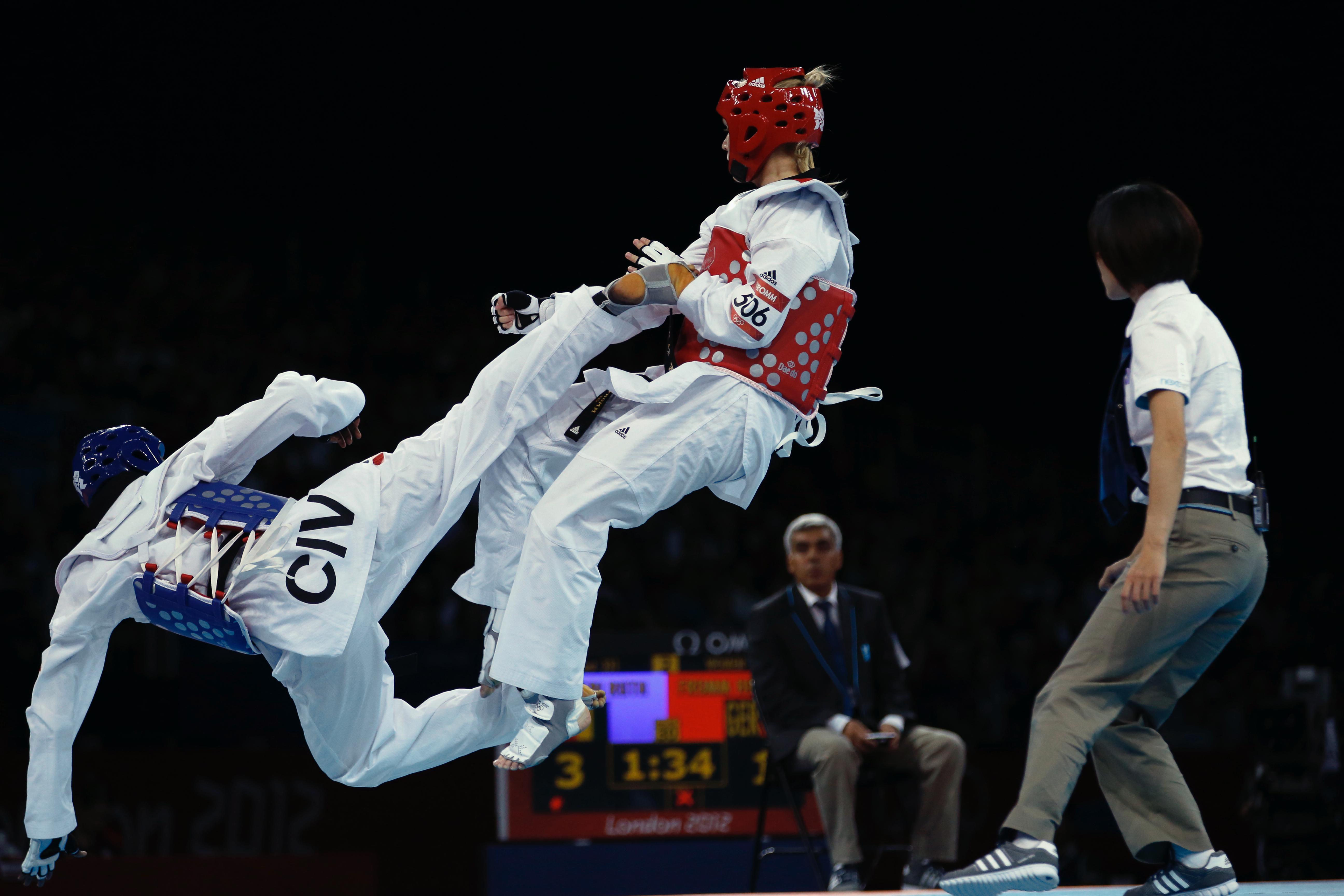Hand fractures
There are two types of fractures that are particularly common in the hand and wrist. These fractures usually occur when a person falls on an outstretched arm. The first one is commonly known as a wrist fracture or a broken wrist. The other is a carpal fracture.

Wrist fracture
The wrist can be found by locating the two bumps on either side of the bottom of the forearm. A wrist fracture refers (unsurprisingly) to a fracture in this area.
What is the wrist?
The wrist is the collection of small joints and bones that function as a transition between the forearm and the hand. You can find it by bending your hand in any direction. The lowest point on the forearm that doesn't move is the wrist.
Symptoms and diagnosis
A wrist fracture causes immediate pain, and it would be almost impossible and too painful to use the hand. A fracture causes a shortening of the radius, such that the joint is visibly deformed. This is enough to confirm the diagnosis, but X-ray images are used to map out the fracture in more detail.
If the fracture heals in this position, the wrist will not be able to be functional as normal (bending and rotating). The person will probably also develop osteoarthritis, a degenerative joint disease. Therefore, it is of high importance to stabilise the fracture and place a proper cast around the fracture.
Treatment
The aim is to restore the wrist in as normal a position as possible. To stabilise the fracture, the initial treatment is immobilisation in a cast that covers the upper part of the forearm down to the knuckles.
Once the fracture is set and placed in a cast, the position of the small hand bones should be checked with another X-ray examination. If the images look good, the patient should be referred to a specialist who can evaluate whether or not surgery is necessary. Another set of X-ray images should be taken after the first and second week to ensure that satisfactory placement of the small bones is maintained.
Rehabilitation
To restrict swelling in the wrist, it is important to keep the affected arm in an elevated position as much as possible for the first days after injury. It is also important to continue to mobilise the fingers while the arm is in the cast. This will prevent joint stiffness.
Athletes can usually resume some form of alternative training a week after the cast is set. The cast is removed after about 5 weeks, at which point the athlete can begin retraining the injured area. This should happen in consultation with a physiotherapist, and the focus should be on regaining normal mobility, strength, and function.
Carpal fracture
Carpal fractures often occur in the same manner as a wrist fracture, i.e. by falling on an outstretched arm (usually with the hand rotated outwards). Since carpal fractures do not result in a visible malalignment, it is not at all uncommon that it takes some time to obtain the correct diagnosis.
Signs and symptoms
The injury will result in immediate pain, and it will be difficult to use the hand. The key examination finding is tenderness in the so-called 'anatomical snuffbox' (the slightly soft area between the metacarpal bones of the thumb and pointer finger). If you suspect a carpal fracture, go to an emergency clinic immediately.
Anatomical snuffbox
The 'anatomical snuffbox', also known by its French term 'tabatière', is the area on the thumb-side of the hand where there's a slight groove near the wrist. If you hold your hand flat with all your fingers together and move your thumb in and out, you should see the snuffbox move.
It will often be difficult to see the injury using X-ray images in the first few days. It is therefore common to put the hand in a cast and repeat the examination, perhaps also using MRI or CT scans to supplement, after 10 to 15 days.
Treatment
For a stable fracture (bones placement maintained), treatment involves immobilisation using a plaster cast for at least 12 weeks, but sometimes longer. The cast is set from the elbow and down over the wrist, encasing the thumb all the way to the outermost thumb joint. X-ray images are used to check if the fracture has healed.
To regain normal mobility, strength, and function, rehabilitation guided by a physiotherapist should begin immediately after cast removal.
Prognosis
Hand fractures should be properly treated to avoid further injury. If it is a simple fracture and restored back to normal position, the wrist will in most cases function well and will not cause chronic pain. Nonetheless, it may be stiff and tender for up to a year after the injury.
Complex fractures can cause malalignment and aches.
Active athletes with a carpal fracture can return to full training quicker if they undergo surgery.


